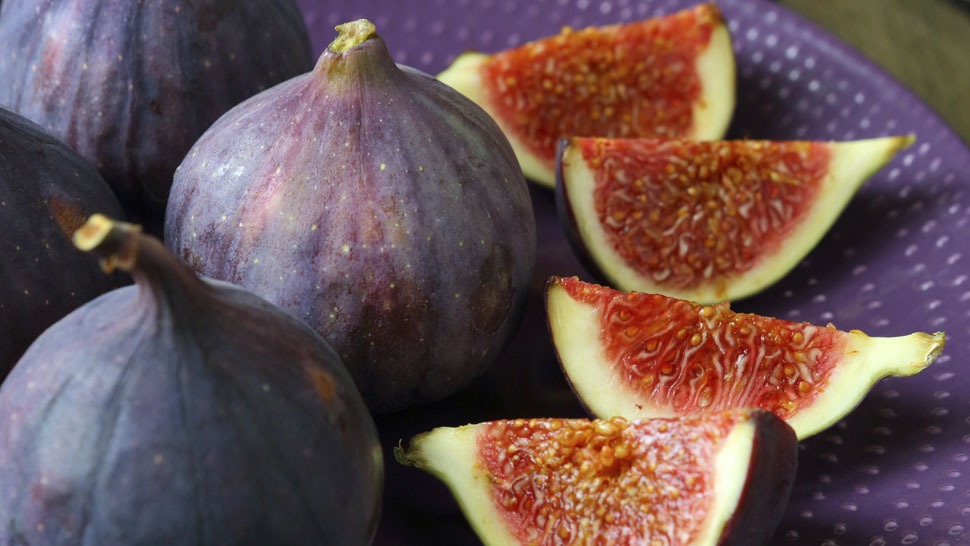
The average American adult consumes 22 teaspoons of added sugar per day, which translates into almost 300 extra calories. Most of this sugar comes from soda and other sweetened beverages. So how much is too much? The American Heart Association recommends that we consume less than 6 (women) to 9 (men) teaspoons of added sugar per day (that’s 24g of sugar for women and 36g for men) meaning most of us are consuming up to 16 extra teaspoons of sugar daily!
Calories from added sugar contribute little if any nutrition, and may increase the risk of weight gain and developing certain chronic diseases, such as Type 2 diabetes. Sometimes called “liquid calories,” sugar-sweetened beverages account for about half of the added sugar in the American diet. Many other foods contain sugar in amounts that may surprise you.
Tips to decrease your intake of added sugar
- Reach for unsweetened beverages such as water, unsweetened black coffee and tea, and “spa waters” (still or sparkling water flavored with additions such as sliced fruit or herbs). These make a healthy, refreshing alternative to soda, juice, energy, or sports drinks.
- Check ingredient labels. Added sugars can be called sugar, sucrose, syrup, dextrose, maltose, molasses, honey, corn syrup, agave, and other names. Choose items with fewer added sugars, or sugars listed farther down the ingredient list. See our Sugarwise Handout (PDF) for a more complete list.
- Make your own pasta sauce. Many bottled sauces have unnecessary added sugars.
- When purchasing breakfast cereal, look for varieties that are high in fiber (more than 5 grams per serving) and contain less than 5 grams of sugar per serving.
- Although the sugar in 100% fruit juice is natural, it is better to consume most of your fruit sugar from whole fruit, in which it is accompanied by the fruit’s own fiber, rather than from juice, which is lacking in fiber and other nutrients.
- Eat fewer processed foods of all types. When you do consume convenience foods, check the nutrition facts label and ingredient list to be sure it does not have hidden sugars that you weren’t expecting.
- Experiment with spices and fruits to use as a substitute for added sugars in homemade foods such as baked goods, oatmeal, and sauces.
- Limit your intake of processed, high-sugar dessert items such as cakes and pastries. Enjoy homemade baked goods as an occasional treat.
- When you do eat foods with added sugars, enjoy them in smaller portions.
- Make a fruit salad for dessert or enjoy a half cup of frozen yogurt topped with fresh berries.
Use the information below when figuring out how much sugar is in that snack you’re considering. Currently, added sugars are not listed separately on the nutrition facts panel, though starting in 2018, it will be. Until then, double-check the ingredient listing as well, to get a sense of how much sugar was added in processing.
Calculating the Sugar Content from the Nutrition Label
First check the serving size. Often, what seems to be a single serving package contains more than one serving. Multiply the number of grams of sugar by the number of servings in a package. For example, if your pasta sauce contains 10g of sugar per half-cup serving, but you eat 1 cup of sauce, that’s 20g of sugar, or nearly the maximum amount for women, and more than half for men!